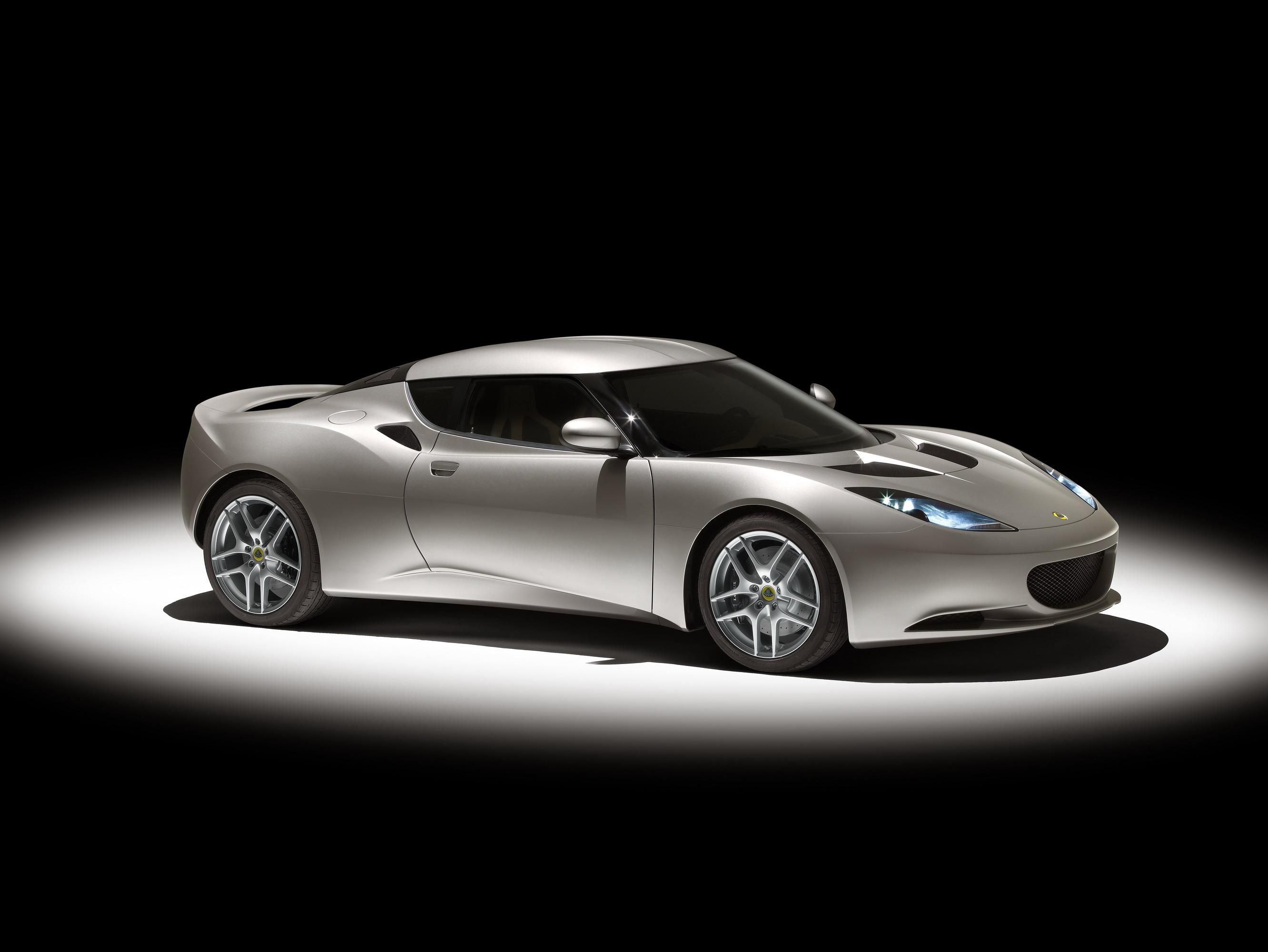Lotus Evora made its North American debut at the Los Angeles Auto Show. The new sports car will go into production in the first-quarter of 2009 with U.S. deliveries to begin in November or December of next year. Lotus will keep the production to a low 2000 units annually.
The car mid-engined car will have a 2+2 seating arrangement. This will not only be the first car to mount the engine behind the passengers and in front of the rear axle, but it is also the first car that Lotus is building on its own with a back seat (Lotus has tuned other cars like the Lotus Cortina or the Lotus Carlton.)
It is powered by a Toyota-sourced and Lotus-tuned 3.5-liter V6 engine producing 276 hp, and weighing a light 2,976 lbs. Although the engine is used in more everyday cars like the Camry, the lightweight of the Evora should help it keep its performance car image. 0 to 60 mph have been published as "less than 5 seconds."
Press release after the jump
Press Release:
LOTUS EVORA NORTH AMERICAN DEBUT
With its stunning visual impact, exhilarating overall dynamic performance, innovative chassis technology and high levels of luxury, packaging and convenience, the Evora makes its North American debut at the Los Angeles Auto Show.
Los Angeles, CA - The first all-new Lotus since the iconic Elise made its debut in 1995, the Evora enters the sports car market as the world’s only mid-engine 2+2. Powered by a Lotus-tuned 3.5-liter V6 engine producing 276 hp, and weighing just 2,976 lbs. (prototype specification), the Evora promises breathtaking performance. During preliminary testing around the famous Nürburgring, the Lotus chassis development engineers report Evora is extremely agile and great fun to drive – even when clad with the full development disguise that hid the beautiful lines from the prying motor industry paparazzi.
In addition to its excellent performance and exemplary handling, the Evora offers a more refined ownership experience than Lotus’s existing smaller four-cylinder models. Evora’s contemporary cabin is elegantly trimmed and its equipment list includes such high-tech features as an advanced touch-screen multi-media system incorporating a state-of-the-art Alpine satellite navigation and audio system. Because one of the roles of the Evora is to attract new customers to the Lotus brand, much attention has been paid to its ease of use. Wider, taller door apertures and narrower sills make getting in and out of the cabin a less athletic undertaking than it is in Lotus’s smaller sports cars (the Elise, Exige and 2-Eleven), while the design of the cabin itself will accommodate two 99th percentile (6ft 5in tall) American males in the front seats.
The ‘convenience factor’ of the Evora extends to less obvious areas of the car. For instance, beneath the skin the entire front-end structure is a high tech aluminium sacrificial modular sub-frame unit, attached to the main extruded aluminium tub. This modular unit is designed to deform for maximum safety, and to reduce repair costs in the event of a frontal impact.
The Evora has been designed with global automotive regulations in mind, and in preparation for future variants that are planned including a convertible. The Evora will be hand-crafted and built on a dedicated new assembly line within Lotus’s advanced manufacturing facility at Hethel in the east of England. Capacity limitations will restrict production to approximately 2,000 cars a year, ensuring the dynamic new sports car’s rarity and exclusivity.
Mike Kimberley, CEO of Group Lotus plc, has this to say about the exciting new model: “The Evora is the biggest milestone Lotus has achieved since the Elise was born 13 years ago and is part of our bold five-year strategic plan, which includes the introduction of new cars and technologies to many more markets around the world. The Evora also represents Lotus core values of performance through light weight and efficiency and proves that you can have phenomenal performance, fuel-efficiency elegant design and practicality all in a class leading mid-engine 2+2 sports car, which will meet global safety and homologation standards.”
Mike Kimberley continues, “Looking to the future, we will continue to research, develop and produce lighter, more efficient vehicles which are linked to our extensive work on all aspects of future fuels, alternative engines and electric and hybrid vehicle propulsion systems. We all have an environmental responsibility to future generations and the Evora is our latest proof that Lotus’ value of “performance through light weight” improves the efficiency and sustainability of the automobile.”

